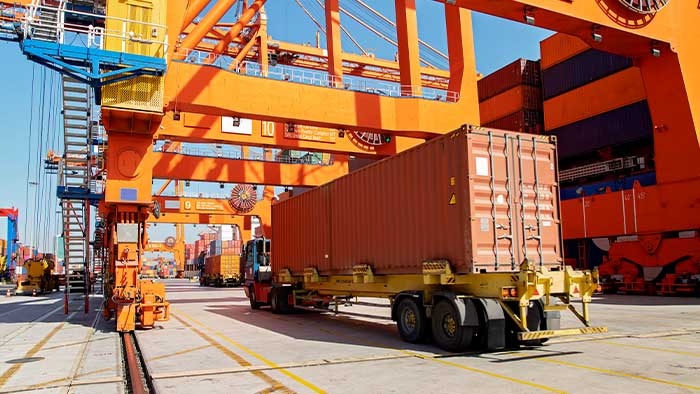Who Pays for Supply Chain Disruption?
- By [ Jess Dankert ]
- 11/01/2021
Currently, many ocean carriers are announcing quarterly results, featuring record-setting profits. In some cases, these profits are several hundred percent higher than last year. Leading maritime consultants Drewry are forecasting that container shipping lines will rack up an “eye-watering” profit of $150 billion in 2021.

While well-intended, these fees are misdirected. The idea that congestion is caused by retailers letting merchandise languish in the ports by choice on a grand scale, heading into the holiday season, is patently unsound. Large retailers have sophisticated supply chains, and can show data that they are moving containers out of the ports as fast as possible. But this velocity is not possible if containers are not available at terminals when scheduled, empty containers cannot be returned, and chassis are not available to carry containers.
Retailers are already paying ocean carriers astronomical costs to ship cargo—in some cases as much as 1000% more than pre-COVID. Recent data from maritime analysts Sea-Intelligence shows that only about 10-15% of trans-Pacific ships are currently arriving on schedule. Consistency and plannability must be returned to the supply chain.
Instead of passing on fees, carriers and terminals must publicly commit to consistently accepting empty containers, and clearing empty containers out of the ports. Thousands of empty containers currently sit in motor carrier yards, on top of idle chassis, waiting to be accepted by terminals. Tens of thousands more containers clog the ports, waiting for carriers to take them to sea. While some empties are getting shipped out, more significant action is needed.
Retailers continue to support efforts by the Ports of Los Angeles and Long Beach to get carriers and terminals to receive and clear out empty containers. Tackling the issue of empties will help ease congestion, restore fluidity, and ultimately ensure American businesses and consumers have access to the goods they need.
Tags
-
Supply Chain
-
Transportation and Infrastructure
-
Supporting Free Markets and Fostering Innovation



